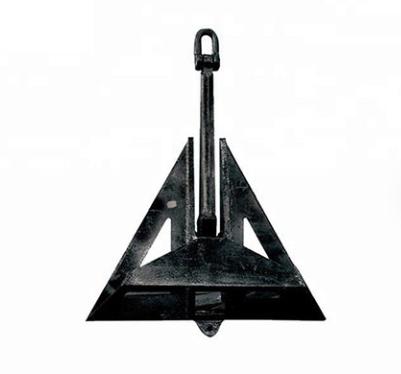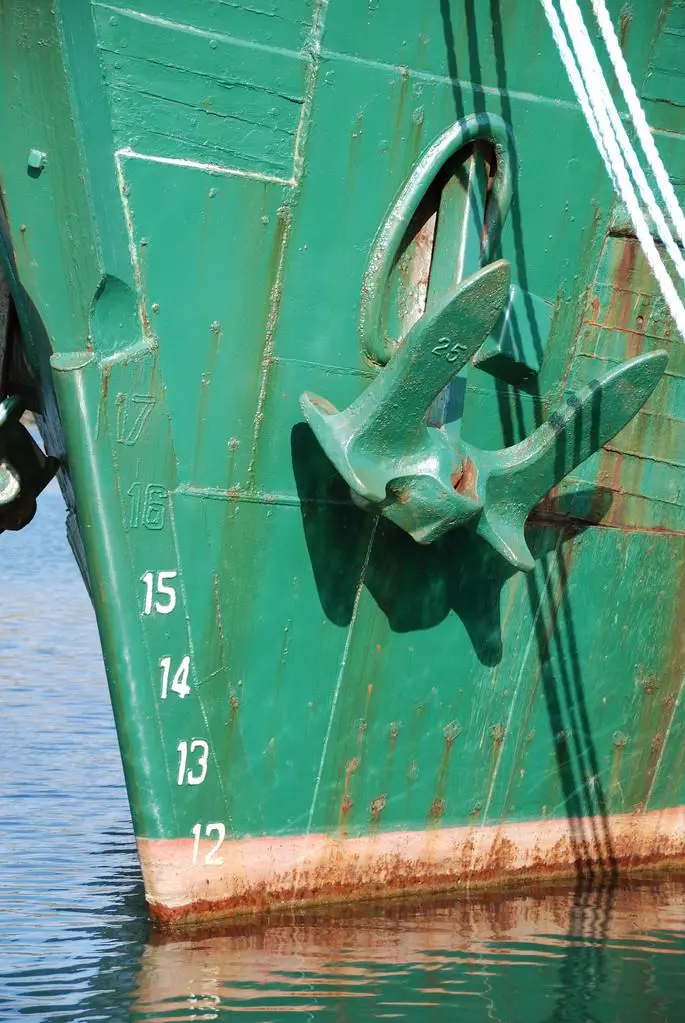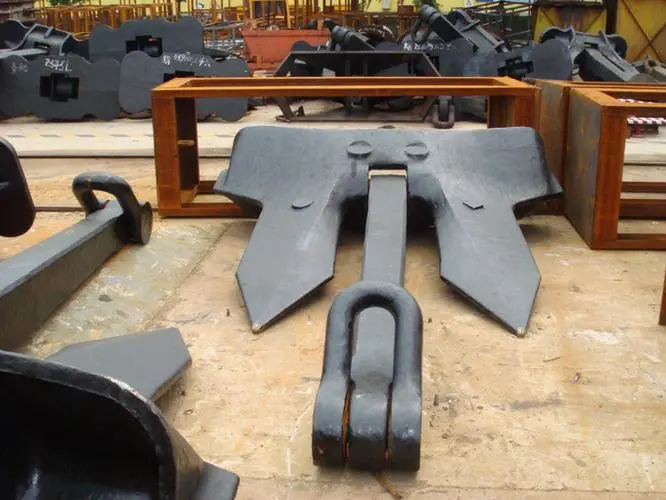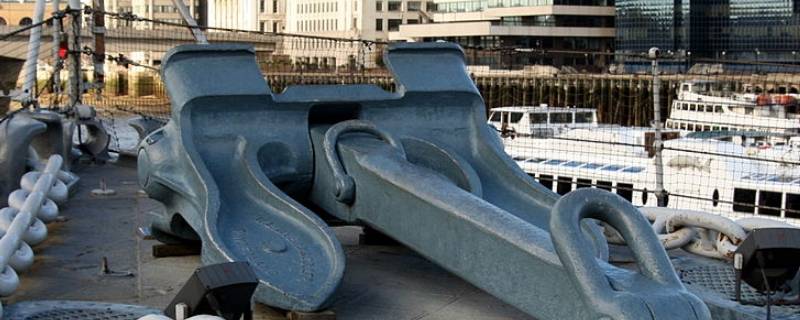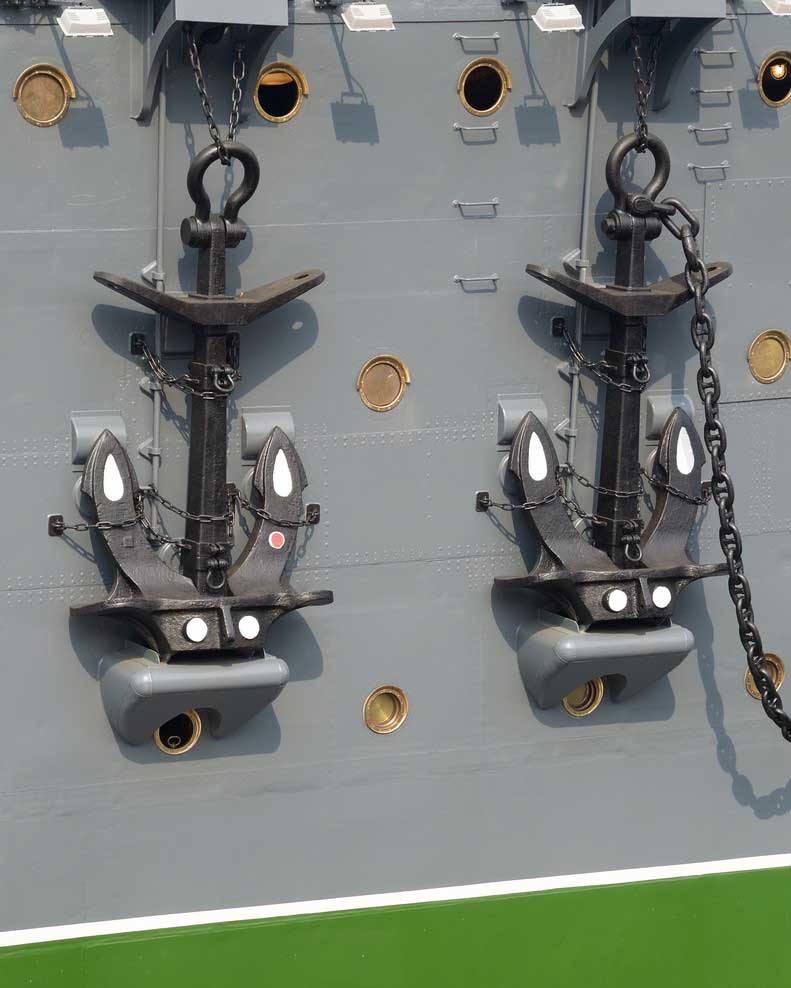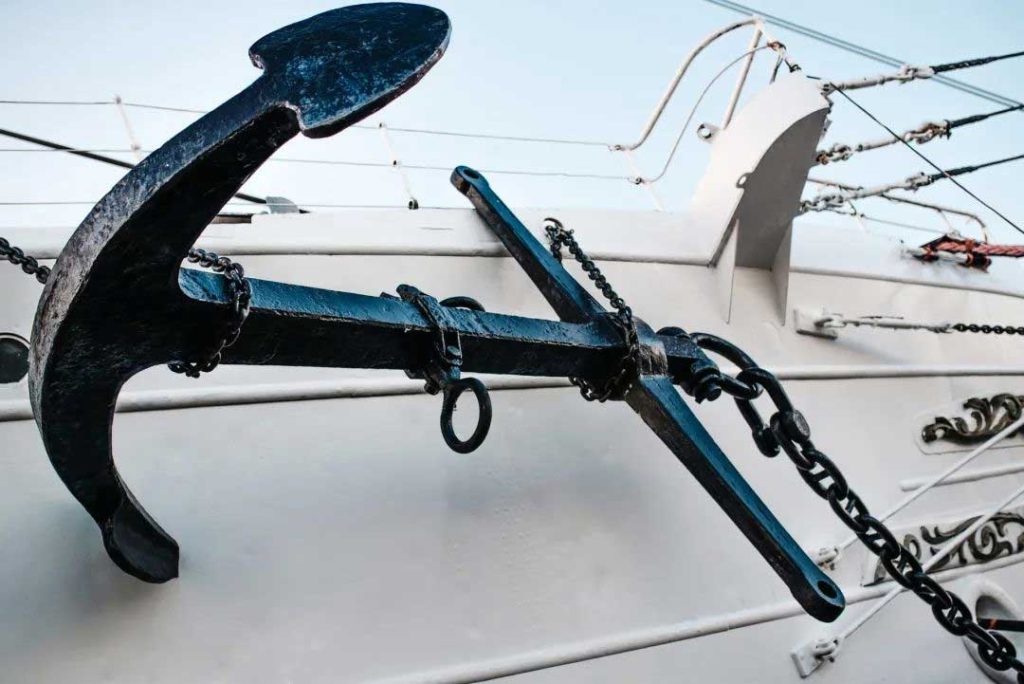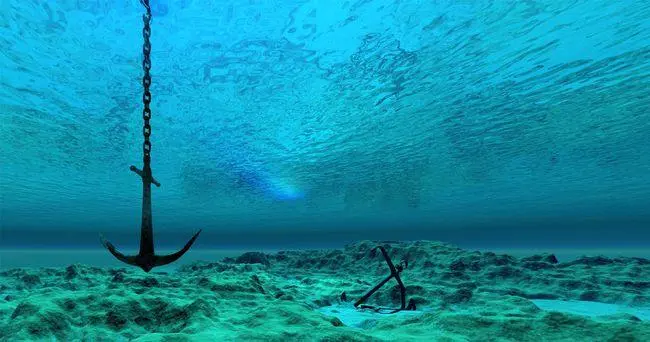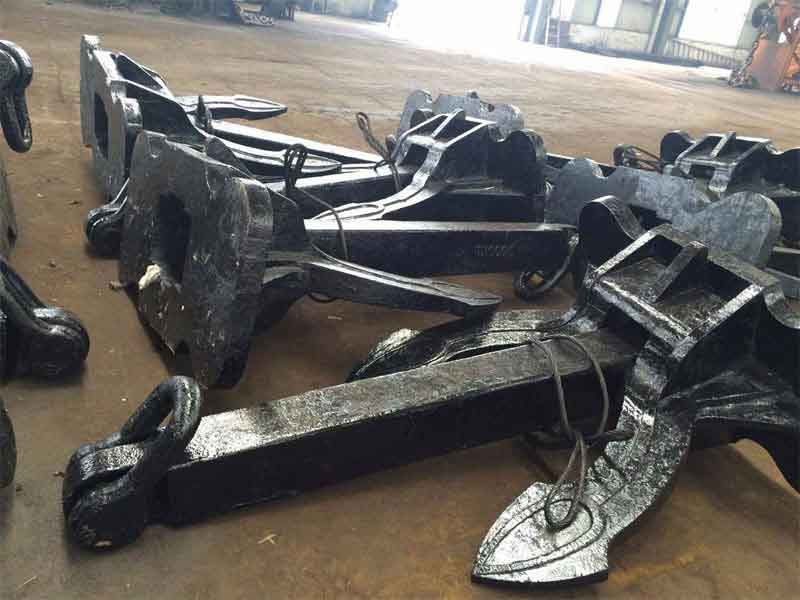A marine anchor is a fundamental safety apparatus for ships, tasked with maintaining their stability and preventing unwanted movement in diverse aquatic environments. But the question of “how much does a ship anchor weigh?” is far from straightforward. This query is intricately linked to another crucial aspect: “how ship anchor work?” Determining the perfect anchor weight isn’t a one-size-fits-all scenario. Correctly gauging the weight can render the anchor ineffective or create unnecessary operational hurdles. This article will comprehensively explore the elements that define the ideal anchor weight.
How does an anchor work and the relationship between its weight
The main function of an anchor is to counteract forces acting on the vessel, such as wind, current and wave action. It does this by using its weight and design to embed itself into the sea or riverbed. Heavier anchors generally have more mass, which helps them penetrate the seabed and establish a firm hold in many cases.
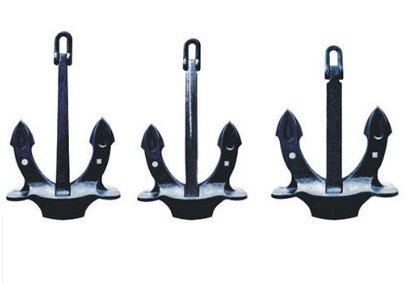
For example, a typical Hall Stockless Anchor has two wide flukes that rely on their weight to penetrate the seabed substrate.
When the vessel applies tension, the weight of the anchor ensures that the flukes are firmly fixed, preventing the vessel from drifting. However, it is important to note that the relationship between weight and holding power is not strictly proportional. A well-designed anchor with the best shape and structure may achieve sufficient holding power at a relatively light weight compared to a poorly designed, heavier anchor.
Typical Weight Ranges of Anchors
Different Ship Types
| Vessel type | Displacement (Tonnes) | Anchor weight range | Anchor Type Examples |
| Kayak/Canoe | 0.05-0.3 | 0.5-2.5 Kg | Folding grapnel, Fabric anchor |
| Yacht (Small) | 2-15 | 4-10 Kg | Danforth, Bruce, Fortress |
| Fishing Boat | 1-10 | 5-15 Kg | Danforth, Bruce |
| Sailboat (30-40ft) | 5-15 | 10-25 Kg | CQR, Delta |
| Yacht (Medium-Large) | 20-200 | 25-100 Kg | Rocna, Ultra, Manson Supreme |
| Coastal Freighter | 1,000-10,000 | 1-3 Tonnes | AC-14, Pool anchor |
| Container Ship (Panamax) | 50,000-80,000 | 8-12 Tonnes | Stevin, Spek |
| Very Large Crude Carrier (VLCC) | 200,000-300,000 | 15~30 Tonnes | High-holding-power (HHP) |
How to Choose the Right Anchor Weight? Factors in Selecting Anchor Weight
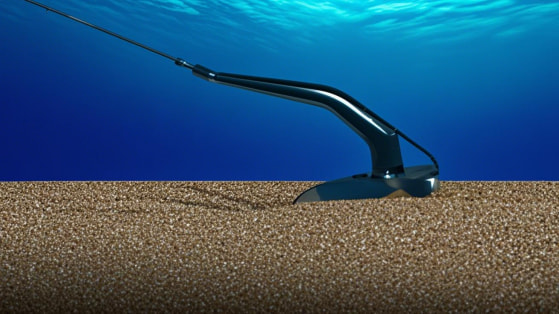
Ship size
The size of the boat is a key factor in choosing an anchor. The larger the boat, the greater its mass and the greater the impact of external forces; the larger its displacement, the greater the thrust of wind, current and waves when anchored. For example, in calm waters, a small yacht may be able to use a relatively light anchor to maintain stability, but a large cruise ship with a large superstructure that can withstand wind and a large displacement will require a heavier anchor to resist the same environmental forces.
Generally speaking, as the length, width and displacement of the ship increase, the required anchor weight will also increase significantly.
Weather conditions
Weather plays an important role in the choice of anchor weight. In calm weather, a lighter anchor may be sufficient, but in stormy weather with strong winds, waves and turbulent currents, a heavier anchor is required. And in areas prone to typhoons, it is necessary to have an anchor that is strong enough to withstand the extreme forces generated by these weather events.
Bottom type
The bottom type will also affect the choice of anchor weight. For example, muddy and sandy bottoms require heavier anchors to help it penetrate deep enough to gain a good grip. Conversely, on rocky seabeds, a lighter but more sturdily designed anchor is needed, as an overly heavy anchor will get stuck between the rocks.
Therefore, the type of bottom must be carefully considered to select an anchor that will provide an effective hold.
Common Mistakes and Corrections in Choosing Anchor Weight
Wrong approach 1: Select the anchor weight only according to the size of the boat
- Risk: The anchor may be dragged due to the mismatch of the bottom quality
- Correct solution: Select an efficient anchor type based on the bottom quality
Wrong approach 2: Ignore weather changes and fail to prepare a suitable anchor
- Risk: The weather on the water changes quickly, and the anchor may be dragged due to sudden wind and waves
- Correct solution: Reserve 20% weight redundancy
Wrong approach 3: Ignore the synergy of the anchor chain/cable, and use a short chain for heavy anchors
- Risk: The anchor claw cannot be flat against the bottom quality, and the gripping force is at least reduced by half
- Correct solution: Chain length = environmental factor × water depth
Wrong approach 4: Thinking that “the heavier the anchor, the better”, the contribution of the anchor chain’s own weight is ignored.
- Risk: The risk of anchor chain breakage increases, which may cause anchor loss or dragging accidents
- Correct solution:·1. Soft soil: increase chain length (use chain weight); 2. Hard soil: shorten the chain length and rely on the anchor grip.
Conclusion
Choosing the ideal anchor weight is a multifaceted process that requires careful consideration of the size of the vessel, expected weather conditions, and bottom characteristics. Make an informed decision by understanding how an anchor works and the role weight plays in its function. Avoiding common mistakes such as using too light or too heavy is essential to safe and effective anchoring.

